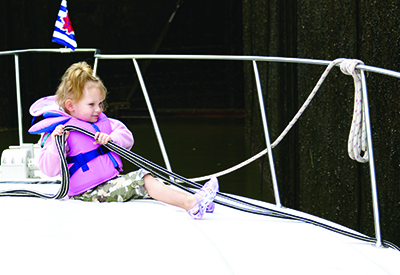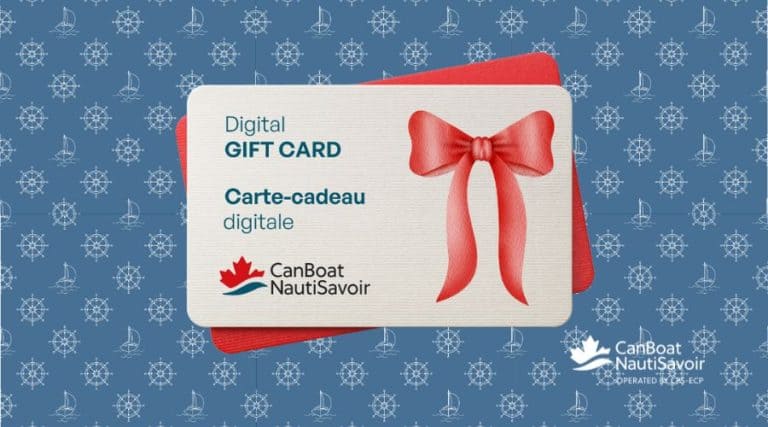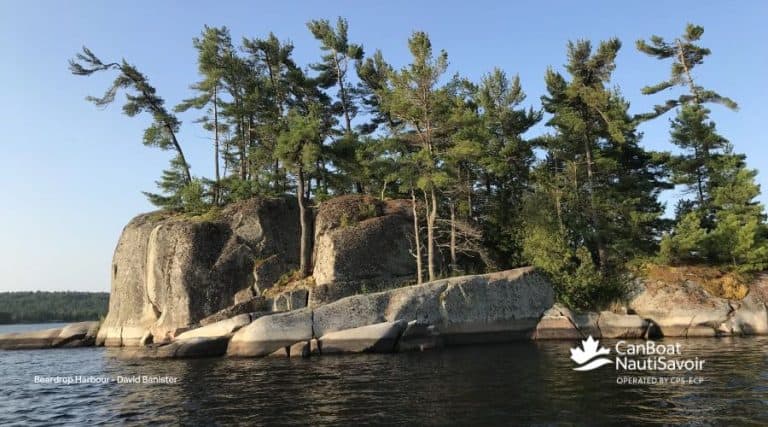Choosing the right PFD

Oct 14, 2021
Finding the right PFD can seem like a daunting task and extends beyond finding one that fits and floats. After all, not all vests work for all people, and no one vest works well for all activities.
Designs have become increasingly complex and specialized. The study of ergonomics and advanced material technology, combined with increased consumer demand for quality and choice, have allowed and inspired PFD manufacturers to design and develop superior products. The result is that you have more choice than ever before. The challenge now is to make the best choice possible, which when done with a bit of thought, will make all the difference for you to enjoy your sport and activity with confidence and optimal comfort.
What’s your sport?
First, you need to consider how much time you will spend ON the water versus IN the water.
For sports that involve less frequent visits in the water, such as canoeing or general boating, you have more options. Looser fitting vests are more acceptable for these sports and can be more comfortable. Larger armholes provide minimal interference with your arm movement and paddle stroke, but in the event of going over, the looser fit may result in some in-water ride-up. A small trade off to have a vest that is comfortable for 99% of its intended use. Next, do what we call the “sit test”; put your butt on the ground and see if the vest is clear of your chin and is comfortable in this position. If not, consider a lower profile or shorter design.
For sports that involve more frequent dips in the water, such as water skiing, wake boarding and white-water kayaking, you will want a vest with lots of adjustments to create a secure tight fit that will eliminate in-water ride-up. If you are paddling, look for a vest that is low profile, has large arm holes and a bottom strap below the foam. This bottom strap will allow you to tighten the vest and eliminate the in-water ride-up. A secure fit can also be achieved with leg harnesses or padding high under the arms, but leg straps aren’t always comfortable or “cool” and padding high under the arms may result in a lot of chaffing. In other words, don’t use a waterski vest to paddle a canoe or kayak…it won’t be very much fun.
Fitting your vest
Next, you need to make sure the vest fits…
When you try on a pair of shoes in the store, you add a pair of socks, lace up the shoes, stand, walk around, and maybe even jump and move in funny motions to simulate your activity or sport. Trying on a PFD is no different. Wearing a comfortable PFD, like wearing a comfortable pair of shoes, can make your sport more enjoyable. A well-fitting vest is barely noticeable, and allows you to move freely and comfortably.
Start by considering chest size as written on the inside of the PFD, but use this only as a guide. Keep in mind that different genders and body shapes will also influence fit. In fact, there are some female designed vests and for some activities, may be the better vest of choice. Second, consider the time of year that you will be traveling and the clothes and gear underneath your vest. Heavier clothing, dry tops or foul-weather gear will often mean that you need to move up at least one vest size. The better vests, with multiple adjustments, will allow you to adjust the fit to accommodate different layers of clothing.
Sure, the vest is comfortable standing in the store, but this is clearly not how you’ll be wearing it while on the water. Once you have a vest that fits you, consider how you will be positioned and how you are going to move in your vest. Sit in a canoe or kayak. Check the out-of-water-ride-up. Does the vest fit well with your dry top? Is it still comfortable? Practice your paddle stroke. If you are kayaking you will want a very short PFD with large arm holes…nobody likes a PFD sticking up around their chin or chaffing under the arms.
If you still like the vest, consider other details… Pockets are great, but consider something stuffed into this pocket. Is it now in your way? Sometimes the best pocket is one that is centralized in the belly area that – even full – is clear of your paddle stroke. Is the pocket large enough for what you want to carry?
The options can seem limitless. In spite of this, finding the right vest does not need to be complicated, but you do need to consider more than just color, size, and price. With a solid understanding of features and benefits and the help of a good local chandlery or outfitter, you can find the vest best for you – a vest that, like a good shoe, is comfortable and moves freely with your every movement…a vest that you may forget you have on…and a vest that allows you to enjoy your activity and surroundings.
CPS-ECP members receive a 30% discount on Salus marine products when they order through Ships Stores click here
Steve Wagner
SALUS Marine Wear




























